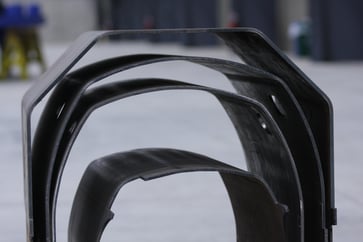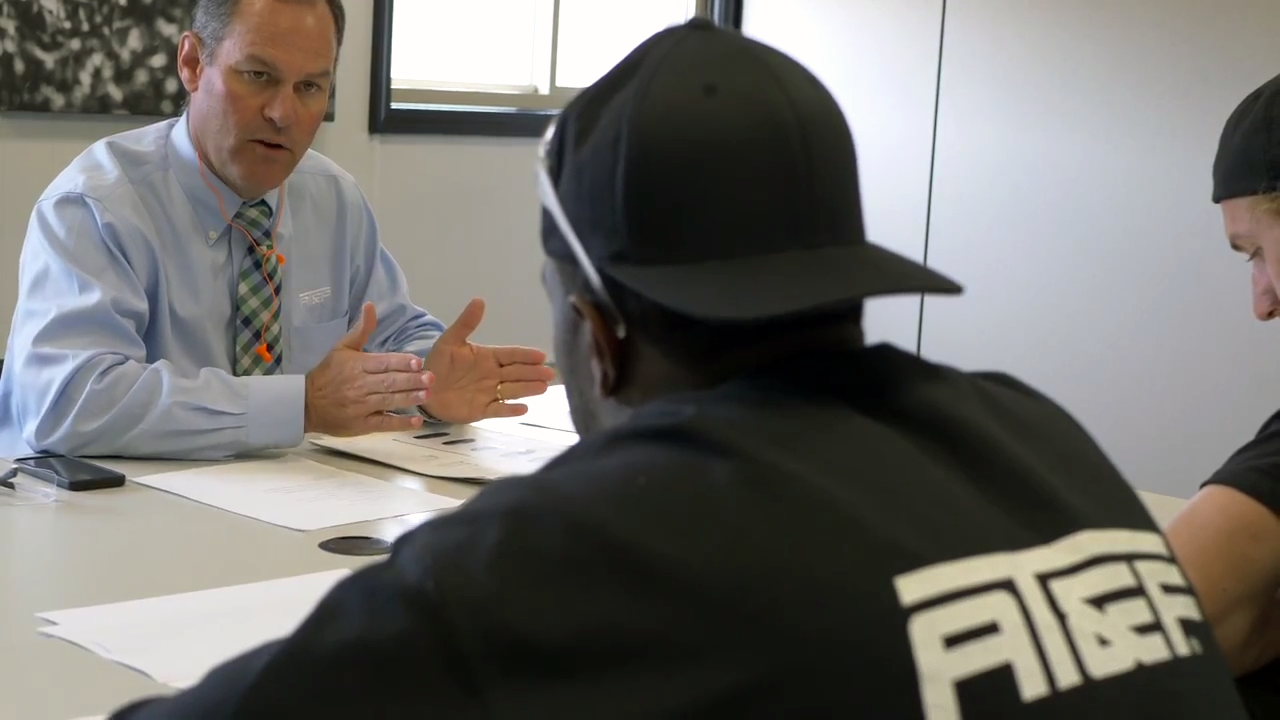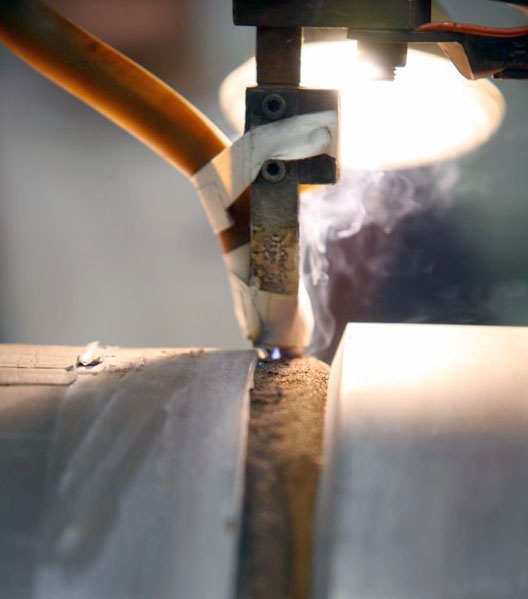The broad term “metalworking,” covers a variety of different methods for transforming raw sheet metal into products and components. Steel forming technology has changed drastically over time. Though one is hard pressed to find a blacksmith pounding red hot steel with hand tools; the principles remain the same. The two methods most commonly used today are fabricating and forging.
Fabrication is a blanket term for the cutting, forming, and assembly of processed metals. These processes add value to the material and often contain welds stronger than the base material. Fabrication shops employ heavy machinery like laser cutting tables, press brakes and robotic welding units. The capabilities of these machines combine to create components of larger projects, or finished products for direct customers.

Forging is a metalworking process that shapes heated metal through repeated pounding with heavy machinery. Not exactly a blacksmith shaping horseshoes with a hammer, but not far off. The process requires specific dies depending on end product. The workpiece undergoes a massive amount of compression during the process; consequently, impurities in the material are also heavily compressed during the forging process. With impurities compressed, the final product is a desirable metallurgical structure.
To Forge or to Fabricate
Each process has its pros and cons depending on the type of product being produced. Some key comparisons:
- Material costs are more expensive for forging—the material required is heavier than is needed for fabrication
- Extra processing is required for forging; more hours translate to higher costs.
- Welding plays a major role in fabrication. Advancement in robotics has made previously impossible welds attainable, but manual welding is still prevalent in assembly.
- Plate rolling, press brakes, and cutting tables are all common fabrication methods; expensive equipment is required, but is precise and capable of handling versatile projects and multiple materials.
AT&F has been fabricating for 76 years. High quality fabrication is our mission and our specialty. We add value to our customers’ projects by providing precisely formed components for the myriad of industries we serve. Click below to see how we can help your next project.


 Working and Growing with AT&F
Working and Growing with AT&F